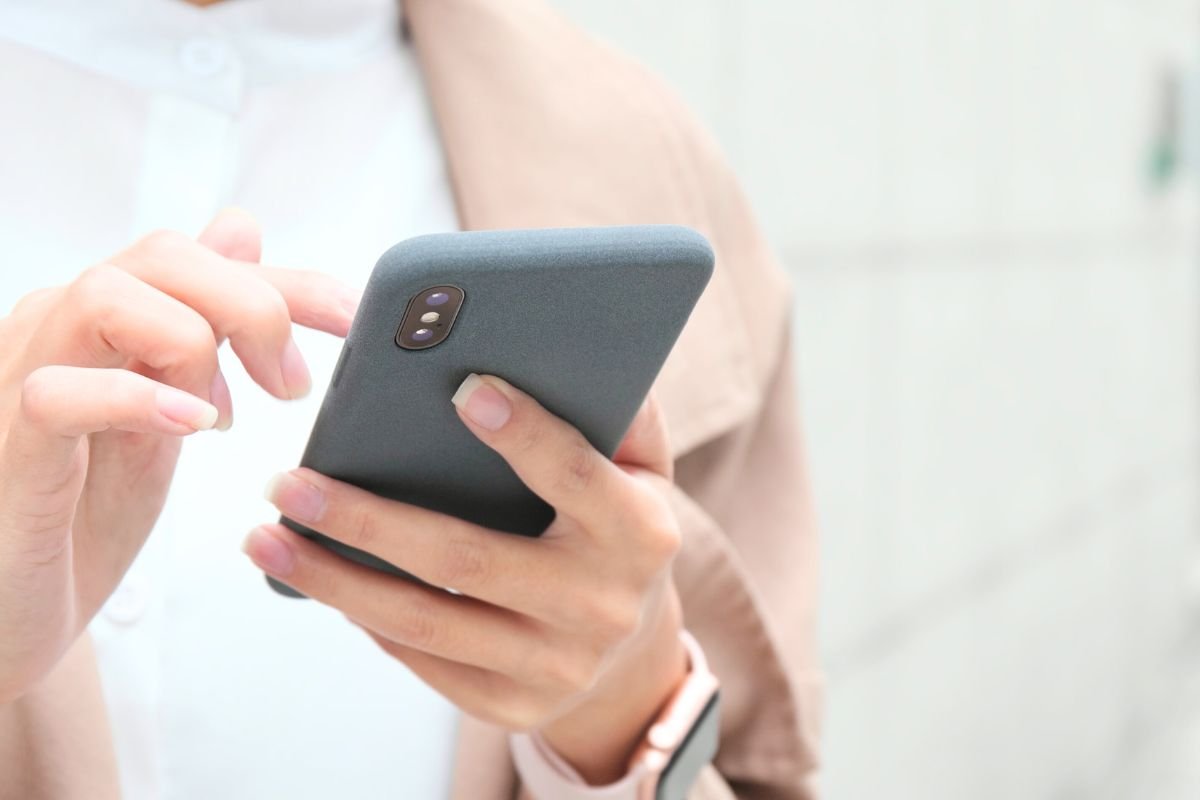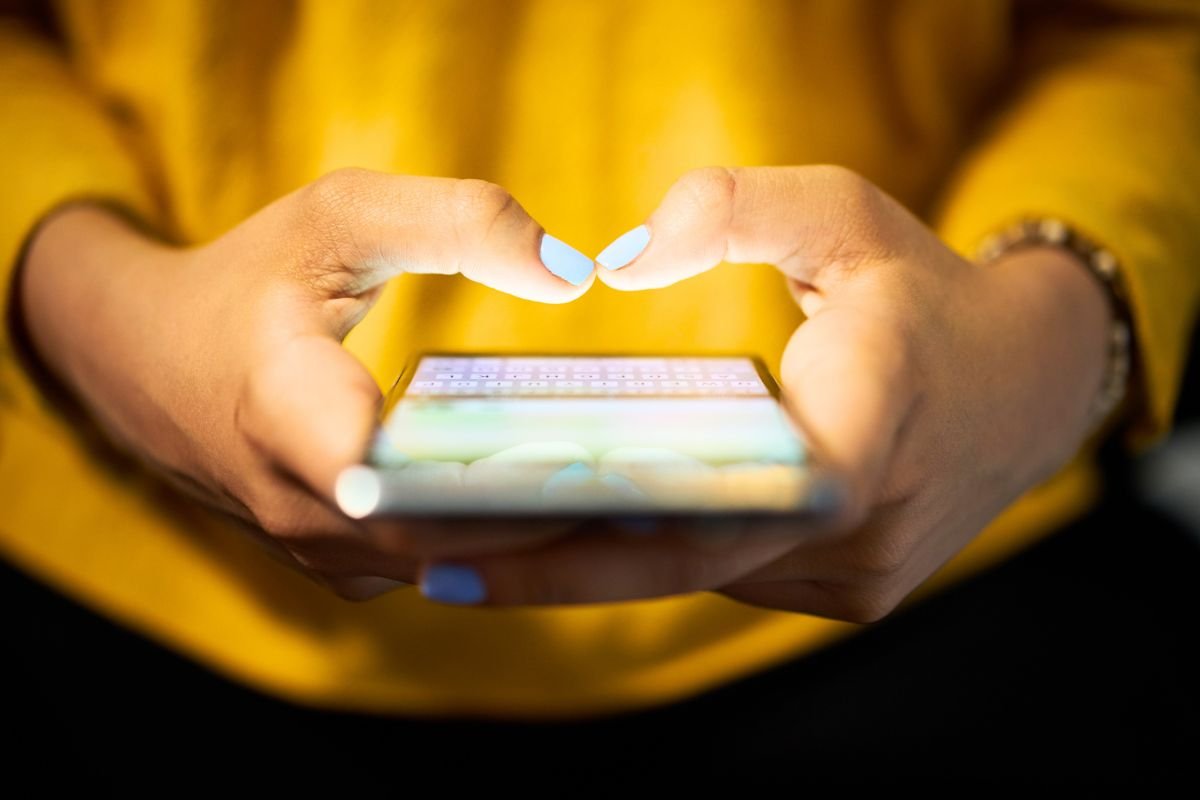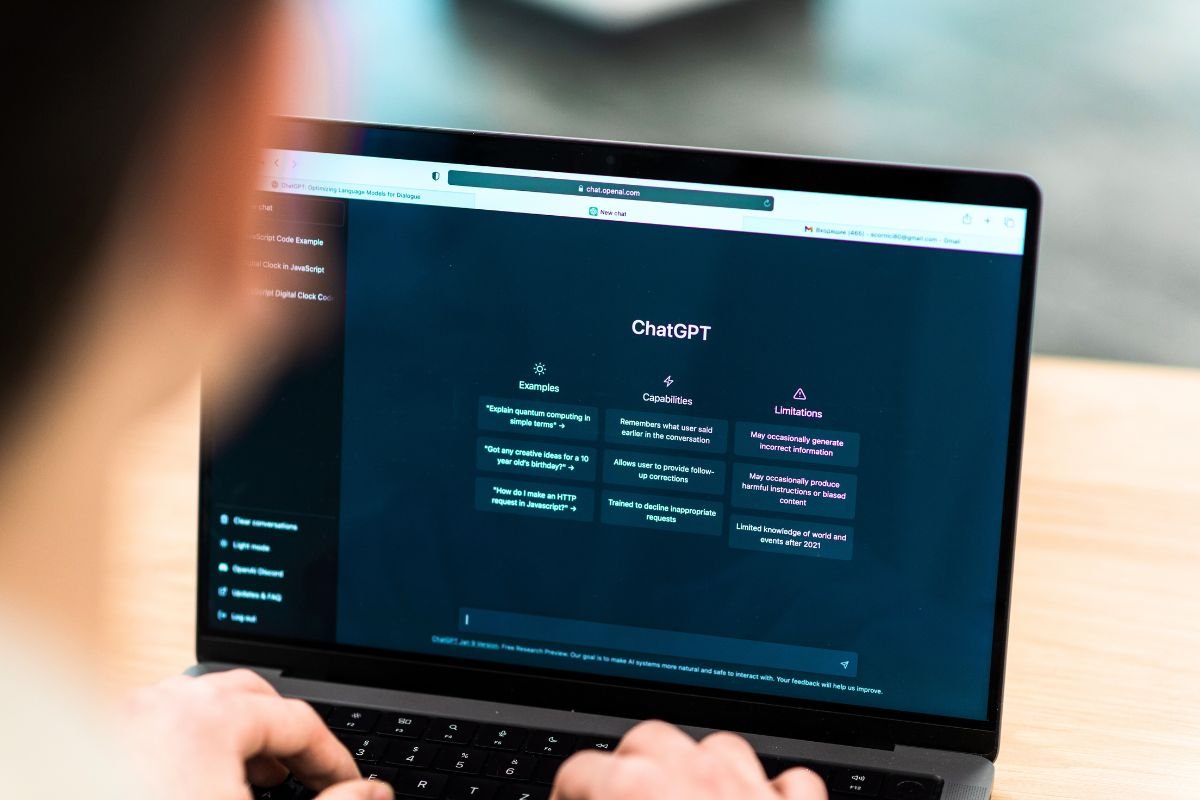When you’re lost, stranded, or in danger, being able to tell someone exactly where you are can make all the difference. But let’s be honest—describing your surroundings over the phone isn’t always easy. If you’re stuck on an unfamiliar highway shoulder, in the middle of a rural trail, or in a city you don’t know well, pinpointing your location can feel impossible. Thankfully, your smartphone can do the hard work for you.
Most modern devices, whether Android or iPhone, come with built-in location sharing features that can send your position straight to someone else’s phone. Here’s how to use them when every second matters.
How to share your location via SMS on Android
If you’re using an Android device, the simplest way is through Google Messages—a free app available on most phones running Android 5.0 and later.
- Open the Messages app and select a conversation (or start a new one).
- Tap the “+” button in the bottom left corner.
- Choose “Location”.
- A map will pop up showing your current position. If it looks accurate, hit the arrow icon to send it.
Your contact will receive a Google Maps link, which works on both Android and iPhone. They can then start navigation directly to your location or forward the link to emergency services if needed.
How to share your location via SMS on iPhone
On iOS, Apple makes things even more seamless. You don’t need extra apps—just the default Messages app.
- Open Messages and select a conversation.
- Tap the “+” icon on the left of the screen.
- Select “Location”.
- A small map from Apple Maps will appear. Confirm the blue dot matches your position, then tap “Share”.
The link will open in Apple Maps on another iPhone, but if your contact is on Android, it will automatically launch in Google Maps (or whichever app they use for navigation).
Using WhatsApp, Messenger, or Signal
Text messages aren’t your only option. Apps like WhatsApp, Messenger, and Signal also let you share your position. What makes these different is the ability to send your live location—meaning your movements update in real time for a set period.
This is particularly useful if you’re walking, driving, or moving between locations and need someone to track your progress. Plus, these apps work across smartphones, tablets, and even computers. Since Google Maps and Apple Maps also run in web browsers, your contact doesn’t even need a phone to see where you are.
Stay prepared before an emergency
Of course, location sharing only works if you have two things switched on: location services and an active internet connection (mobile data or Wi-Fi). If you’re heading into unfamiliar areas—whether it’s a hike, a road trip, or a late-night walk—it’s worth double-checking those settings.
In a crisis, clear communication can save precious time. By sending your exact coordinates rather than a vague description, you make it far easier for help to find you quickly.



